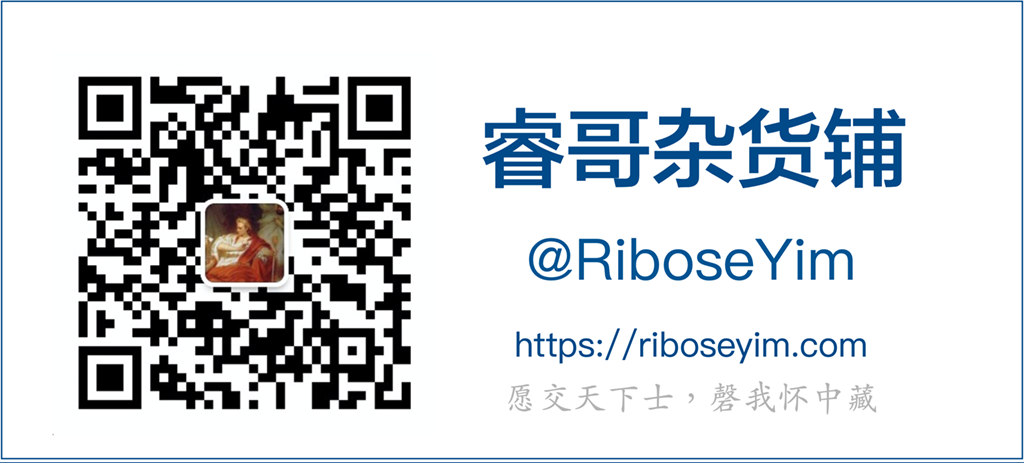摘要
- What is a JSON API?
- 启动一个RESTful服务
- 抽象数据模型
- 增加路径分发功能
- 重构:Handlers & Router
In this post, we will not only cover how to use Go to create a RESTful JSON API, but we will also talk about good RESTful design.
部分内容删减调整,原文请查看: Making a RESTful JSON API in Go,2014Nov
Author:CORY LANOU:a full stack technologist who has specialized in start-ups for the last 17 years. I’m currently working at InfluxDB on their core data team. I also help lead and organizer several community technology meetups and do Go training.
一、What is a JSON API?
JSON API 是数据交互规范,用以定义客户端如何获取与修改资源,以及服务器如何响应对应请求。JSON API设计用来最小化请求的数量,以及客户端与服务器间传输的数据量。通过遵循共同的约定,可以提高开发效率,利用更普遍的工具,基于 JSON API 的客户端还能够充分利用缓存,以提升性能。(更多:http://jsonapi.org.cn/format/)。
示例:1
2
3
4
5
6
7
8
9
10
11
12
13
14
15
16
17
18
19
20{
"links": {
"posts.author": {
"href": "http://example.com/people/{posts.author}",
"type": "people"
},
"posts.comments": {
"href": "http://example.com/comments/{posts.comments}",
"type": "comments"
}
},
"posts": [{
"id": "1",
"title": "Rails is Omakase",
"links": {
"author": "9",
"comments": [ "5", "12", "17", "20" ]
}
}]
}
启动一个RESTful服务
1 | $ go run main.go |
1 | package main |
增加路径分发功能
路径又称”终点”(endpoint),表示API的具体网址。在RESTful架构中,每个网址代表一种资源(resource)。
第三方组件(Gorilla Mux package): “github.com/gorilla/mux”
1 | package main |
访问测试:
1 | $ curl http://localhost:8080/todo |
抽象数据模型
创建一个数据模型“Todo”、“Routes”。在其它语言中,使用类(class)实现。
在Go语言中,没有class,必须使用结构(struct)。
Todo.go1
2
3
4
5
6
7
8
9
10
11
12package main
import "time"
type Todo struct {
Id int `json:"id"`
Name string `json:"name"`
Completed bool `json:"completed"`
Due time.Time `json:"due"`
}
type Todos []Todo
Routes.go1
2
3
4
5
6
7
8
9
10
11
12
13
14
15package main
import (
"net/http"
"github.com/gorilla/mux"
)
type Route struct {
Name string
Method string
Pattern string
HandlerFunc http.HandlerFunc
}
type Routes []Route
重构:Handlers & Router
Handlers.go1
2
3
4
5
6
7
8
9
10
11
12
13
14
15
16
17
18
19
20
21
22
23
24
25
26
27
28
29package main
import (
"encoding/json"
"fmt"
"net/http"
"github.com/gorilla/mux"
)
func Index(w http.ResponseWriter, r *http.Request) {
fmt.Fprintln(w, "Welcome!")
}
func TodoIndex(w http.ResponseWriter, r *http.Request) {
todos := Todos{
Todo{Name: "Write presentation"},
Todo{Name: "Host meetup"},
}
if err := json.NewEncoder(w).Encode(todos); err != nil {
panic(err)
}
}
func TodoShow(w http.ResponseWriter, r *http.Request) {
vars := mux.Vars(r)
todoId := vars["todoId"]
fmt.Fprintln(w, "Todo show:", todoId)
}
Router.go1
2
3
4
5
6
7
8
9
10
11
12
13
14
15
16
17
18
19
20
21
22
23package main
import (
"net/http"
"github.com/gorilla/mux"
)
func NewRouter() *mux.Router {
router := mux.NewRouter().StrictSlash(true)
for _, route := range routes {
var handler http.Handler
handler = route.HandlerFunc
handler = Logger(handler, route.Name)
router.
Methods(route.Method).
Path(route.Pattern).
Name(route.Name).
Handler(handler)
}
return router
}
启动入口是不是清爽很多!
Main.go1
2
3
4
5
6
7
8
9
10
11
12Main.go
package main
import (
"log"
"net/http"
)
func main() {
router := NewRouter()
log.Fatal(http.ListenAndServe(":8080", router))
}
web access:http://localhost:8080/todos
Todo Index! ,”/todos”
[
{
“id”:0,
“name”:”Write sth ….”,
“completed”:false,
“due”:”0001-01-01T00:00:00
},
{
“id”:1,
“name”:”Host meetup ….”,
“completed”:false,
“due”:”0001-01-01T00:00:00Z”
}
]
增强功能:持久化
1 | func TodoCreate(w http.ResponseWriter, r *http.Request) { |
增强功能:日志
1 | 2017/05/23 15:57:23 http: multiple response.WriteHeader calls |
Things We Didn’t Do
版本控制
API版本迭代 & 跨版本资源访问。常用做法是将版本号放在URL,较为简洁,例如:https://localhost:8080/v1/
另一种做法是将版本号放在HTTP头信息中。授权验证:涉及到OAuth和JWT。
(1)OAuth 2.0,OAuth2 is an authentication framework,RFC 6749
OAuth2是一种授权框架,提供了一套详细的、可供实践的指导性解决方案。OAuth 2.0定义了四种授权方式。授权码模式(authorization code)、简化模式(implicit)、密码模式(resource owner password credentials)、客户端模式(client credentials)。
- Getting Started with OAuth2 in Go | Youtube
- Extensible security first OAuth 2.0 and OpenID Connect SDK for Go
(2)JSON web tokens,JWT is an authentication protocol,RFC 7519
JWT是一种安全协议。基本思路就是用户提供用户名和密码给认证服务器,服务器验证用户提交信息信息的合法性;如果验证成功,会产生并返回一个Token(令牌),用户可以使用这个token访问服务器上受保护的资源。
1 | eyJhbGciOiJIUzI1NiIsInR5cCI6IkpXVCJ9.eyJzdWIiOiIxMjM0NTY3ODkwIiwibmFtZSI6IkpvaG4gRG9lIiwiYWRtaW4iOnRydWV9.TJVA95OrM7E2cBab30RMHrHDcEfxjoYZgeFONFh7HgQ |
header:定义算法(alg:ALGORITHM)和TOKEN TYPE(typ)
1 | { |
Data:1
2
3
4
5{
"sub": "1234567890",
"name": "John Doe",
"admin": true
}
- eTags:关于缓存、性能和用户标识和追踪。

